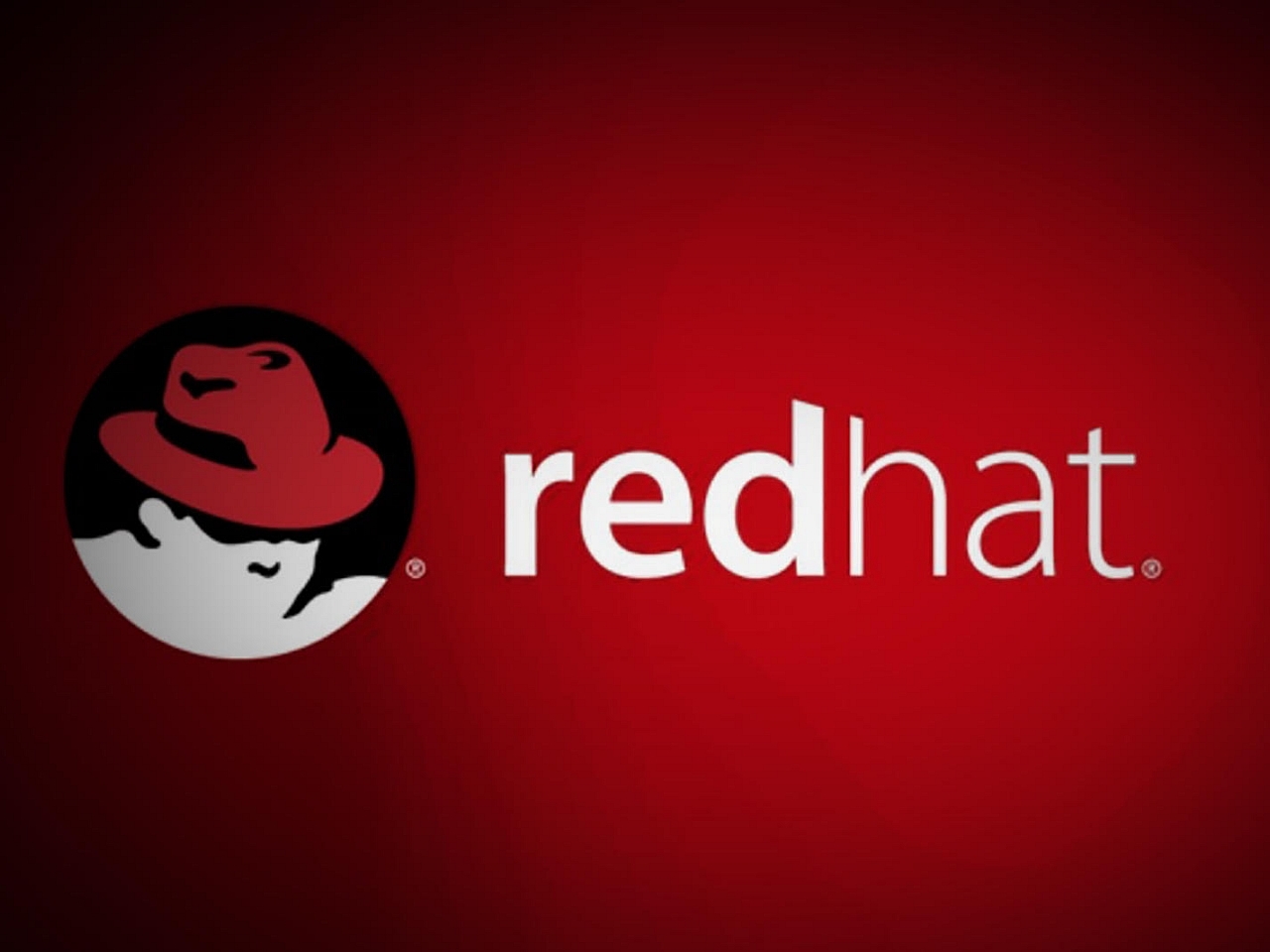

- #Codeready workspaces manual
- #Codeready workspaces code
#Codeready workspaces manual
You'll need need to follow a manual procedure to upgrade your instance. If you're an existing Red Hat CodeReady Workspaces customer you won't be upgraded automatically to OpenShift Dev Spaces. Installation can be done through the usual channels, via the OperatorHub or the command line. Red Hat OpenShift Dev Spaces is available with OpenShift 4.10 or higher. Workspaces load faster, with fewer containers per workspace.
#Codeready workspaces code
We have added tech preview support for VisualStudio Code as an IDE (in addition to Eclipse Theia and JetBrains IDEs). IDE-specific configurations are managed in separate files as extensions.json in Visual Studio Code. Devfiles are IDE agnostic and don't include plug-in definitions anymore. Version 1 devfiles also continue to be supported. We now support version 2 of the devfile spec, which has some significant improvements in regard to parents and events. Our enhancements to the user experience include: The operator installation mode is "all namespaces.". For instance, the namespace strategy and the exposure strategy are set to "per-user" and "single-host" respectively, as we have observed that users want those settings. Deployment is simpler because there are fewer configuration options. CRW doesn't require Red Hat's SSO anymore and uses OpenShift OAuth for authentication. User workspaces can be managed with the oc command-line interface (CLI) or via the OpenShift console. Several simplifications have been made to administration, along with new options: There is a new server-side component: the gateway (powered by the open source reverse proxy Traefik) that handles users' connection to the IDEs. The switch to the DevWorkspace Operator introduces changes for existing users and administrators of CodeReady Workspaces. Simpler network model and TLS certificate management with one unique gateway. No hard dependency on Red Hat's single sign-on technology. Simpler configuration for the administrator. The new engine has been written from scratch, and we took the opportunity to address some of the main issues reported by our users: 
Communication between components happens asynchronously using ConfigMaps and Secrets rather than a REST API. The engine is decoupled from the developer's IDE and the server-side components of the OpenShift Dev Spaces service. The new workspace engine has a single responsibility, which is to manage workspace resources. The devfile specification is automatically generated from the API.They can be validated and protected by admission webhooks.Kubernetes clients such as kubectl or the OpenShift console can manage them.Useful traits of this architecture include: The data is persisted in an etcd key-value store that is designed to be highly available. The new engine is a Kubernetes controller, so it runs behind the kube-apiserver that is designed to scale horizontally. The che-server could not scale horizontally: it wasn't possible to run two instances concurrently. Figure 1: The engine between the user interface and the workspace is now a Kubernetes Operator instead of a Java REST service.






 0 kommentar(er)
0 kommentar(er)
